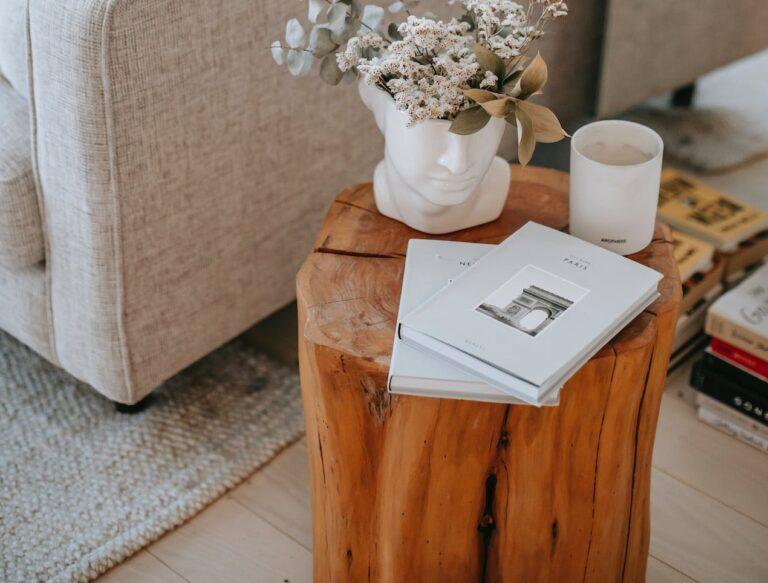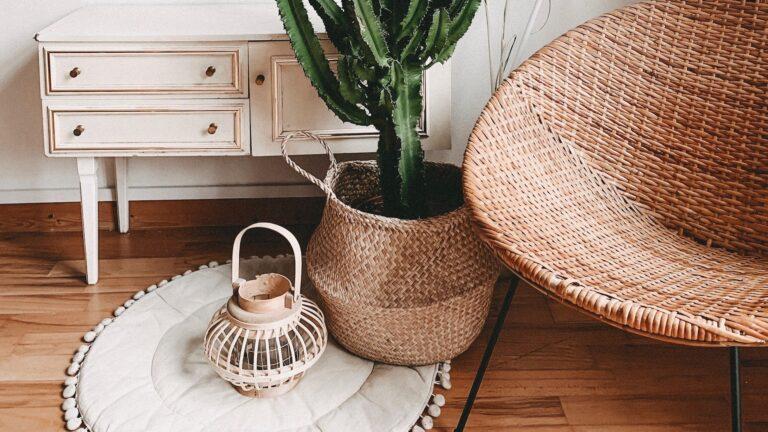How Long Does Wicker Furniture Last?
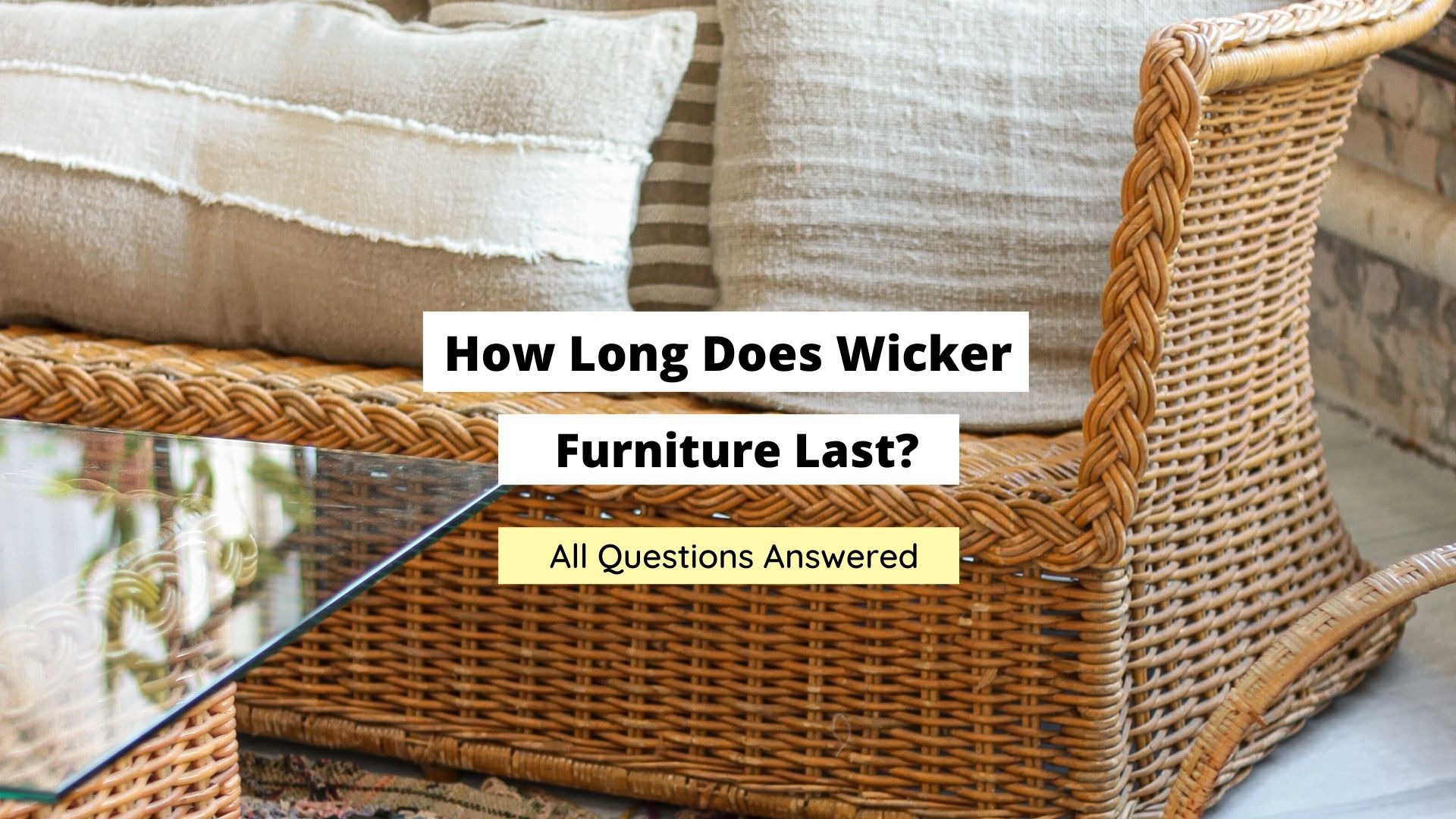
Wicker furniture has been a staple in home decor for centuries and for good reason. They’re attractive, sturdy, reliable and easily available due to their process of production. It may be tempting to invest in wicker furniture for a more natural and earthy aesthetic in your home.
But, is it a reliable and worthwhile purchase in the 21st century? In this article, we are going to examine the following question, how long does wicker furniture last?
Wicker furniture can last for 10-15 years on average but can be preserved for up to 20 years with appropriate cleaning, preservation, storage and usage. Furthermore, depending on the type of material used in the weaving process, wicker furniture can last for a longer period of time or a shorter period of time.
It should be noted that natural wicker furniture should be used primarily inside the home or obscured by natural elements to prolong its lifespan.
However, due to the increase in synthetic material, there are certain forms of synthetic wicker furniture that are more suitable for outdoor use while closely resembling the aesthetic appearance of natural wicker furniture.
Table of Contents
What is wicker furniture?
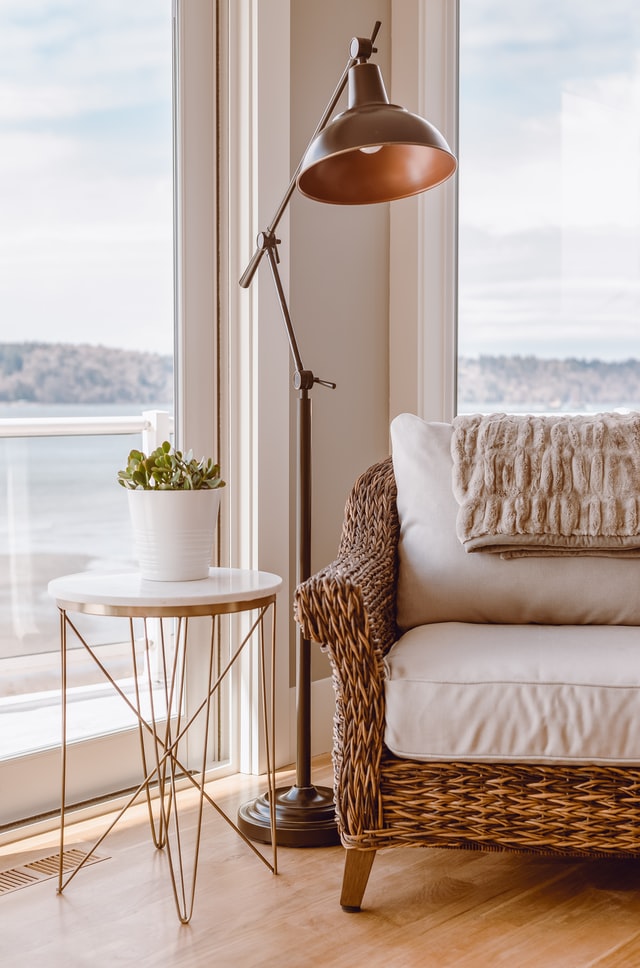
To be precise, wicker is known as a method of crafting furniture from a wide variety of materials such as plants, vines, grasses and so forth.
This form of furniture making is the oldest form known to us and can be traced back to thousands of years as the go-to weaving method.
Nowadays, however, machinery and automation have made it easier to craft other types of hardwood furniture in a much shorter space of time.
Despite this advancement in resources and technology, wicker furniture continues to thrive and shows up indoors and outdoors all over the world as a call back to stylish, durable and functional furniture.
Does wicker furniture rot?
Depending on the specific material used and the exposure to elements, the probability of wicker furniture rotting increases significantly which is something to consider before investing in it.
Be that as it may, with proper arrangement of furniture and protection, you can prevent wicker furniture from rotting for many years.
What I’ve learned is that natural wicker material dries out relatively fast which is one of the reasons why it shouldn’t be exposed to sunlight all day long.
Eventually, wicker furniture will rot because it’s very difficult to prevent any form of exposure to elements that cause damage but it can be prolonged from happening through intervention.
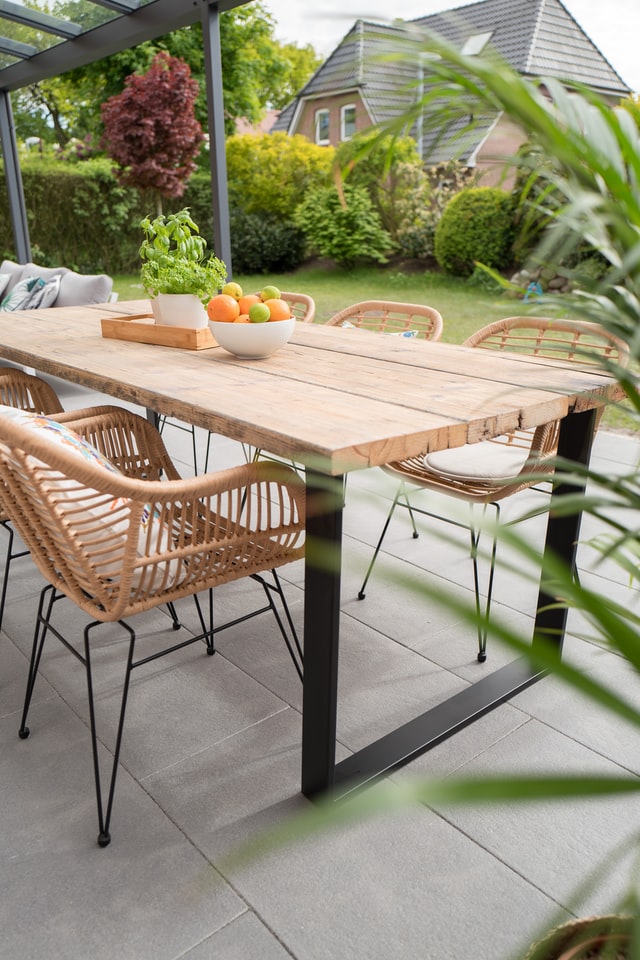
Does wicker furniture get damaged in the rain?
Unfortunately, wicker furniture does get damaged in the rain if it is not treated properly and dried as soon as it gets wet.
Singular instances of rain exposure may not lead to immediate damage to wicker furniture but continuous exposure will.
For this reason, I encourage you to store wicker furniture in dry places or under coverings outside.
Additionally, you can insert foot paddings or rubber stomps to the feet of your wicker furniture to avoid rotting of the legs from wet flooring and other forms of dirt.
I will add that resin and synthetic wicker are much more durable against natural elements like rain compared to natural wicker furniture.
Types of wicker furniture
Willow – Willow is another popular plant that grows in the Northern Hemisphere and is considered to be noticeably more flexible, thinner and softer than Rattan. It’s relatively cheaper to produce due to its lightweight nature. Willow wicker furniture is popularly known to have a more shiny finish compared to others.
Rattan – Surprisingly, many people use Rattan and Wicker interchangeably but they’re not the same. Rattan occurs in nature and is a form of palm that grows even faster than a lot of trees. Rattan prefers tropical environments like Africa and Asia. It is quite solid yet flexible and strong with a matt finish. Compared to bamboo, Rattan is incredibly strong due to it’s solid nature.
Reed – Interestingly, reed refers to the inner core or portion of the rattan palm. It’s quite flexible but does not have a shiny or glossy finish. Given that it is processed from the inside of Rattan’s palm, it appears white or cream in color.
Bamboo – Perhaps the most commonly known type of furniture material, bamboo is durable, strong, attractive and easily available making it the perfect material for wicker furniture. Unlike rattan, bamboo is hollow inside and thus less durable compared to rattan. However, bamboo appears more attractive than most wicker products and is competitively priced while serving the aesthetic appeal of adding Asian influence to home decor.
Resin – This is a synthetic man-made form of material used for wicker furniture. It’s ideal for outdoor conditions and closely resembles the aesthetic of natural wicker furniture but the texture feels slightly different.
Synthetic wicker furniture vs Natural wicker furniture
For the sake of authenticity and a truly natural aesthetic, natural wicker furniture is superior to synthetic.
Its quality, texture and feel are prime and elite but with the drawback of being pricier and less resistant to natural elements.
Synthetic wicker furniture, on the other hand, looks close enough to natural wicker furniture and may be difficult to differentiate between for those without an eye for the details.
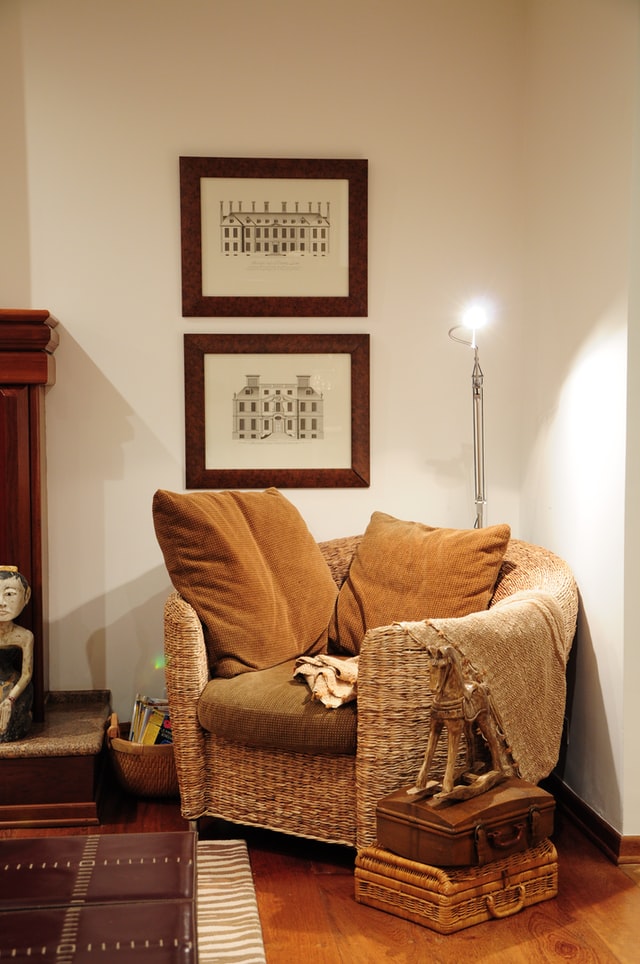
Additionally, synthetic wicker furniture is more durable and is less likely to rot quickly when exposed to moisture, rain or sunshine.
If you are looking for outdoor wicker furniture, my recommendation is to opt for synthetic wicker because it requires less upkeep.
If what you are on the market for is something authentically natural and as an aesthetic piece indoors, then natural wicker is more appropriate for you.
How to weatherproof wicker furniture
Depending on the type of wicker furniture, it may already be weatherproof due to the material used during construction.
Synthetic wicker furniture is typically made from waterproof material so you really don’t have to worry too much about adding much to it.
In regards to weatherproofing wicker furniture, you can use one or more of the following products:
- Varnish
- Paint
- Stain sealant
- Tung oil
- Polyurethane
When varnishing or sealing, you want to cover the entire wicker evenly and get between most crooks. I would recommend two coats for maximum protection that should be repeated every 3- 4 years.
Between each coat of varnish, tung oil or polyurethane, be sure to leave a few hours for it to cure and dry. You’re looking at anywhere between 4 – 6 hours depending on the size of the wicker furniture in question.
Because wicker furniture tends to dry out, it’s recommended to wipe it down with a damp cloth after a quick spray of plant mist. You can also opt for a coat of tung oil which is known for restoring wicker furniture.
How to make wicker furniture last
The most important thing you can do is choose a high-quality piece of wicker furniture that has been crafted to perfection.
Thereafter, weatherproof it using one of the above-mentioned items and allow it to cure appropriately.
Frequently clean and rehydrate your wicker furniture if you notice it drying out too much.
To avoid excessive dryness, place your wicker furniture in cool or shady areas. To prevent rotting and damage, avoid exposure to rain and liquid, even if you are purchasing synthetic wicker furniture.
You can also vacuum or dust your wicker furniture weekly to avoid the accumulation of unnecessary dust and dirt.
In conclusion
This brings us to the end of our article on how long does wicker furniture last. It’s quite evident that a few preventive measures and maintenance can prolong the lifespan of both natural and synthetic wicker furniture.
I think it’s more than likely that your wicker furniture will last for well over 10 years using the tips highlighted above.
With that being said, I hope you found this article on how long does wicker furniture last to be fun, informative and practical. If you have any additional tips or questions that you’d like to share with me, please do so by leaving a comment down below.
